
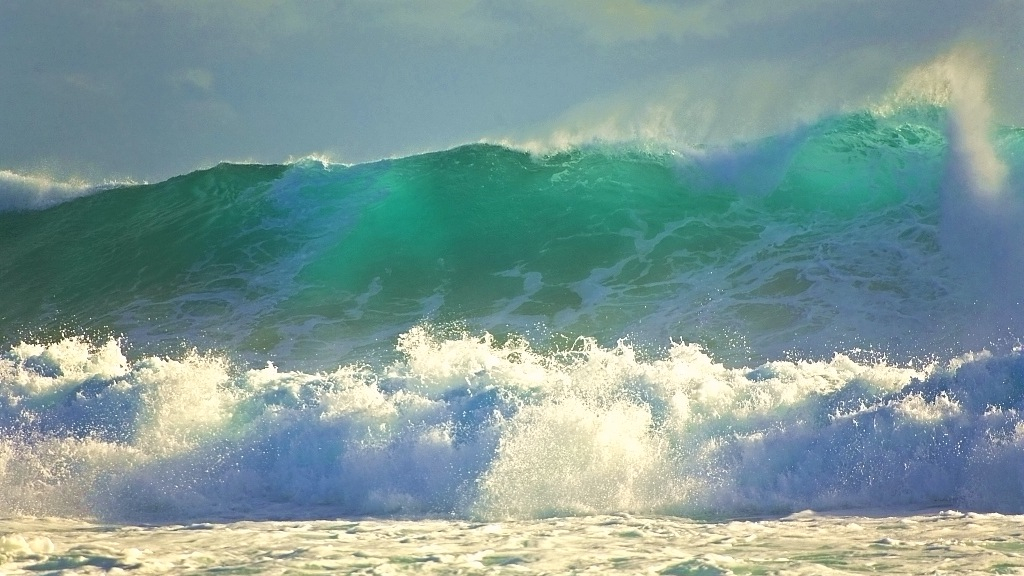
Oceans are the cradles of abundant wildlife and natural resources. China's seas cover three million square kilometers, about one-third of its land area. Along the vast coastline, 271 marine nature reserves were set up by the end of 2018 in 11 provinces. On World Oceans Day, let's dive into these blue paradises to see the endangered marine species and diverse marine ecosystems.
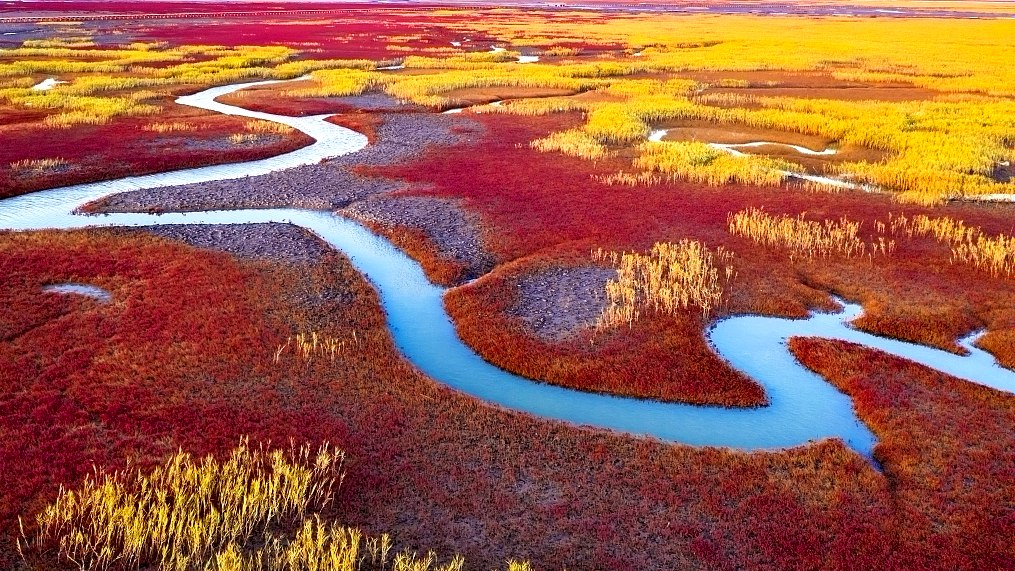
The red beach in Panjin City, northeast China's Liaoning Province. /VCG Photo
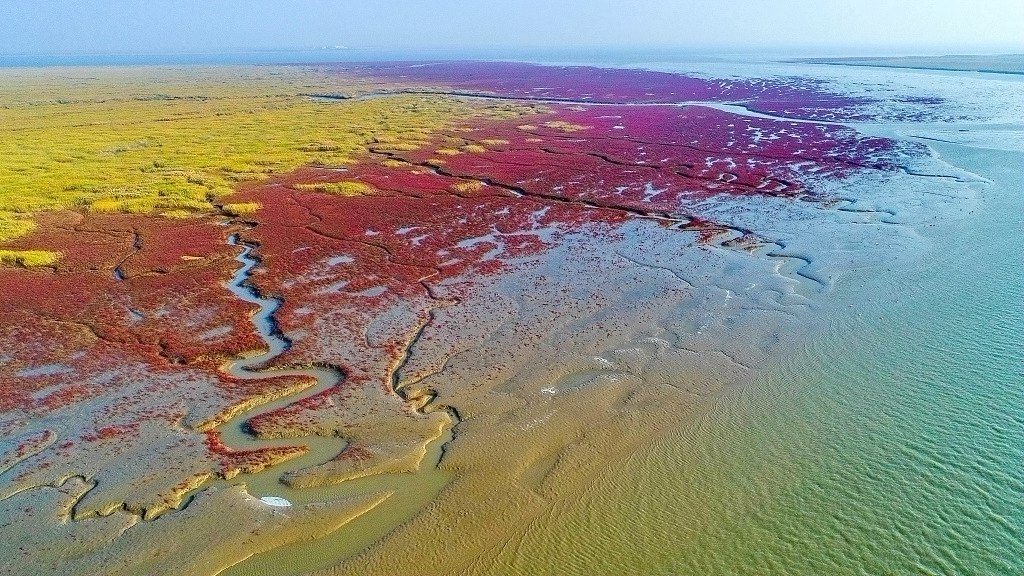
The colorful wetland in Panjin City, northeast China's Liaoning Province. /VCG Photo

The red beach in Huludao City, northeast China's Liaoning Province. /VCG Photo
As autumn comes, the splendid view of “red beaches” in the Liaohe Estuary Red Beach National Marine Park attracts plenty of visitors. The beach is made up of red plants called Suaeda salsa, which is a type of seepweed that can easily adapt to the saline or alkaline soil in the wetland system.
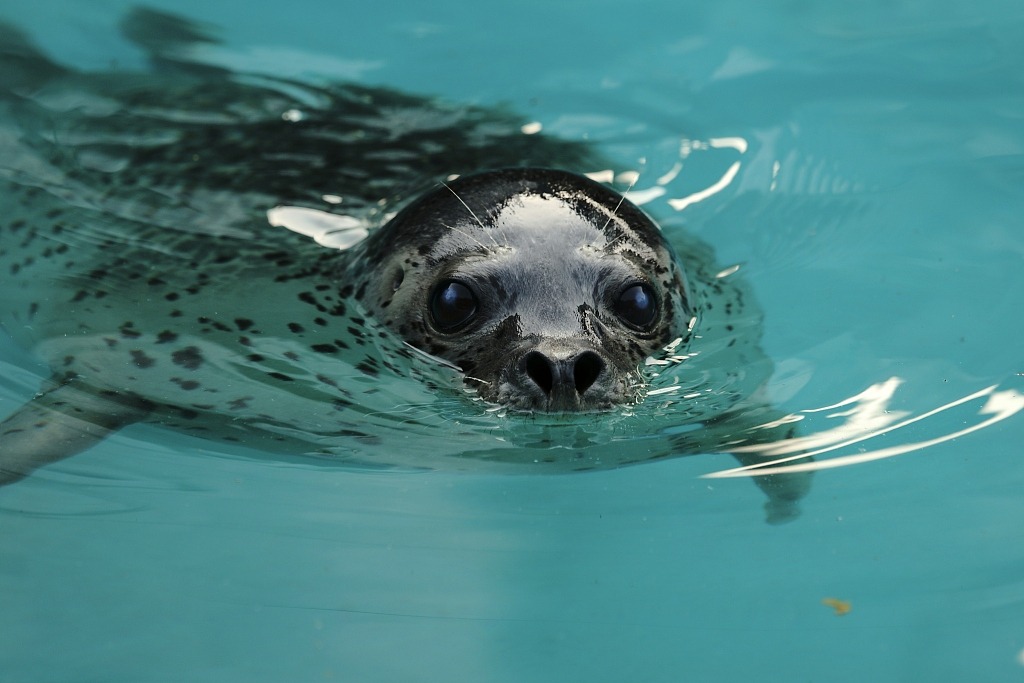
Spotted seal in water. /VCG Photo
Moreover, animals are protected here. The Dalian Spotted Seal National Nature Reserve is the main habitat for spotted seals, the only pinniped that breeds in China. The Shedao Island pit viper is the only snake species on Shedao Island and can be only found in the Shedao Island-Laotieshan Mountain National Nature Reserve. The snake feeds on small migratory birds that eat insects, creating a unique ecological chain centered around snakes.

Oysters. /VCG Photo
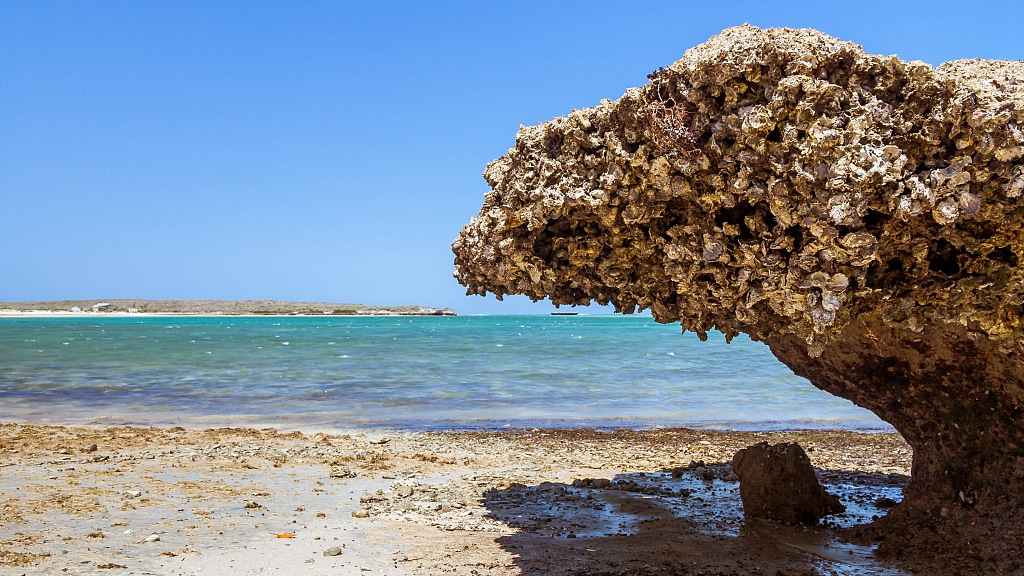
Wild oysters attached to the rock at low tide. /VCG Photo
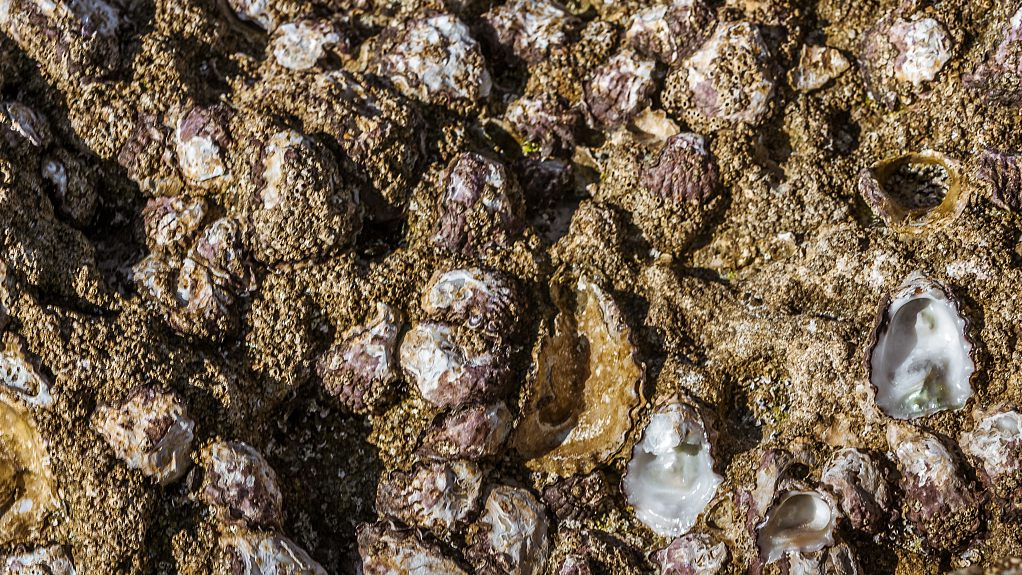
WIld oysters attached to the rock. /VCG Photo
Tianjin, a north China coastal municipality, is well-known for its wetlands, which account for over one-fifth of its total land area. The Tianjin Dashentang Oyster Reef National Marine Special Reserve is the only habitat for oysters and Chinese scallop at Bohai Bay.
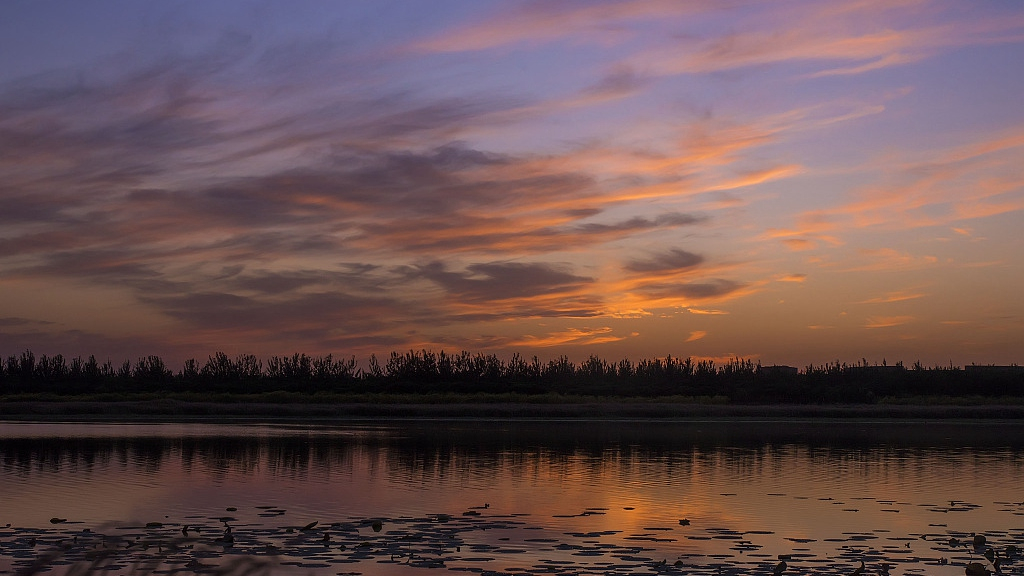
The sunset at Tianjin Ancient Coast and Wetlands National Nature Reserve. /VCG Photo
The Tianjin Ancient Coast and Wetlands National Nature Reserve is very unique and extremely rare. It is the only marine nature reserve isolated from the modern coastline, making them the perfect spot for research in oceanology and geology.
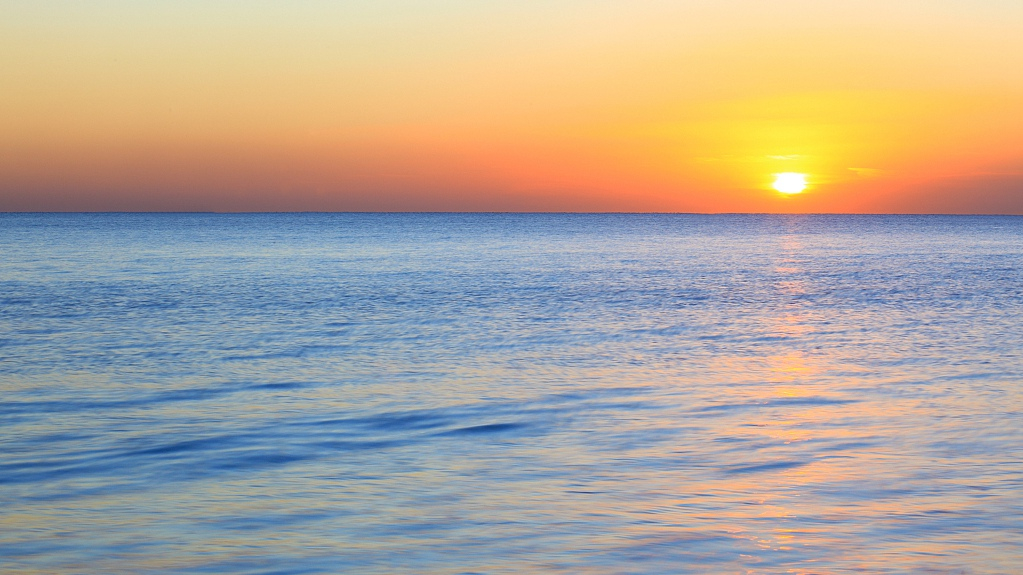
Changli Gold Coast National Nature Reserve in Qinhuangdao City, north China's Hebei Province. /VCG Photo
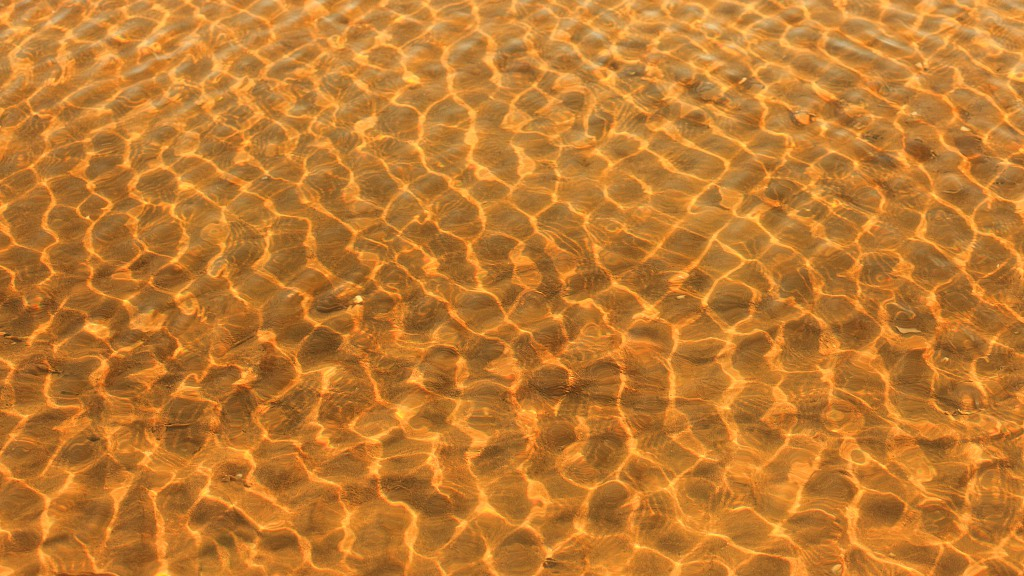
Changli Gold Coast National Nature Reserve. /VCG Photo
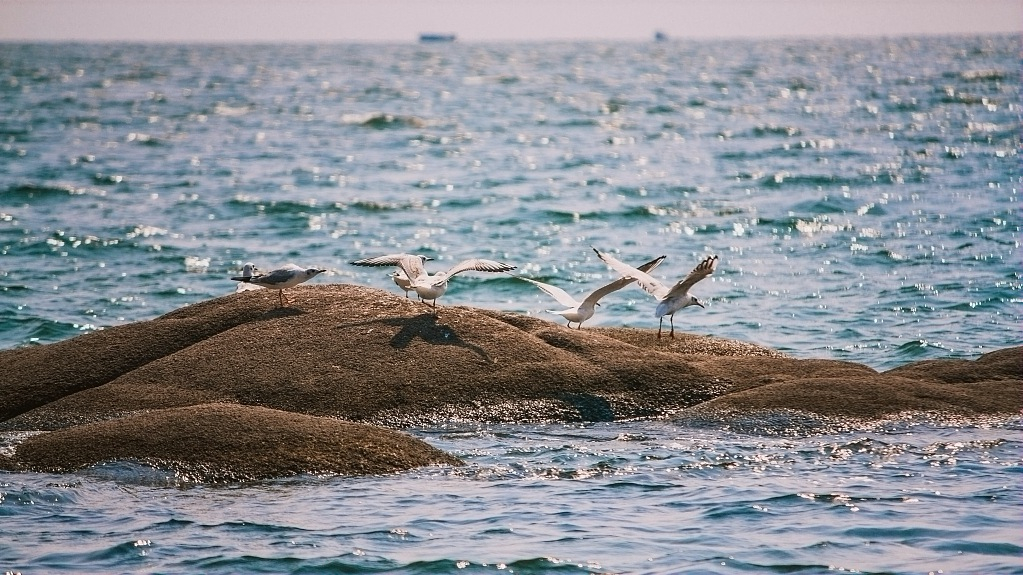
Beidaihe Pigeon Nest Park in north China's Hebei Province. /VCG Photo
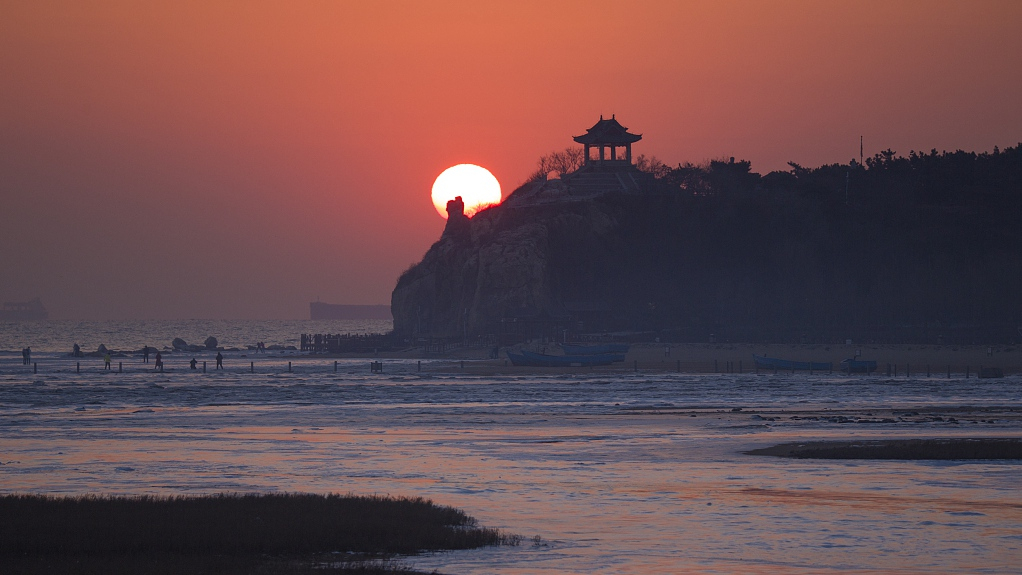
The sunrise at Beidaihe Pigeon Nest Park. /VCG Photo

The sunrise at Beidaihe Pigeon Nest Park. /VCG Photo
Changli Gold Coast National Nature Reserve and Beidaihe National Marine Park are the main national marine nature reserves in north China's Hebei Province. The former nature reserve, in particular, is among the foremost ones approved by the State Council. It mainly protects the sandy coast ecosystem, consisting of lancelets, sand dunes, lagoons, and other marine life.
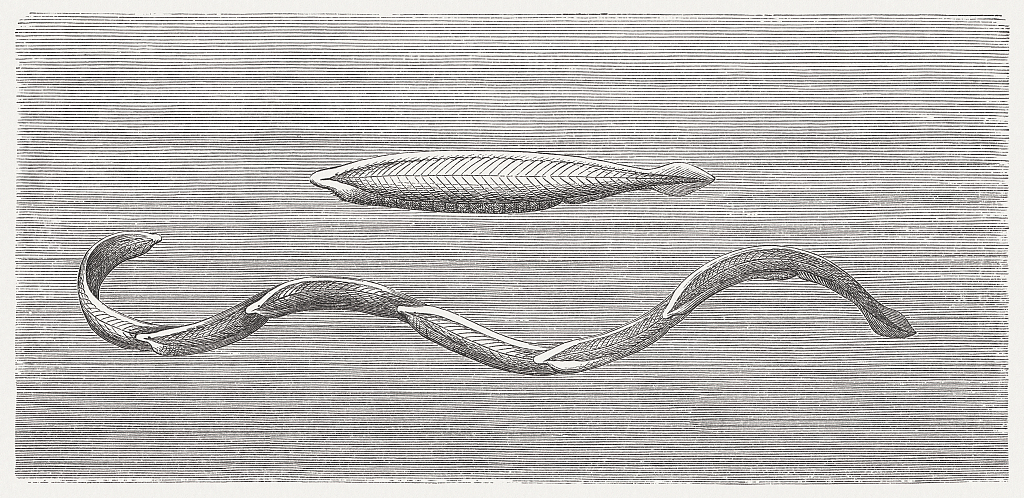
Lancelet (Branchiostoma lanceolatum). /VCG Photo
The lancelets which are under second-class state protection are very precious as they require the fulfillment of numerous conditions regarding where they live. Their presence marks an improved local ecological environment.
In the next episode, we're going to see the blue paradises in Shandong, Jiangsu, Zhejiang and Shanghai. Stay tuned!
(Cover image via VCG.)
(Deng Lehuai also contributed to the story. With translation from China Green Times.)
(If you want to contribute and have specific expertise, please contact us at nature@cgtn.com)

Copyright © 2018 CGTN. Beijing ICP prepared NO.16065310-3
Copyright © 2018 CGTN. Beijing ICP prepared NO.16065310-3